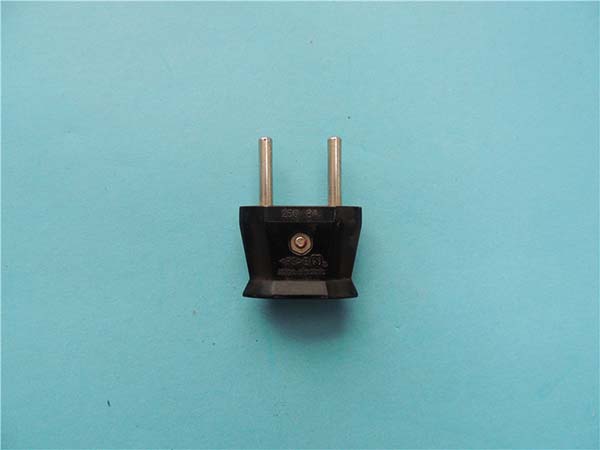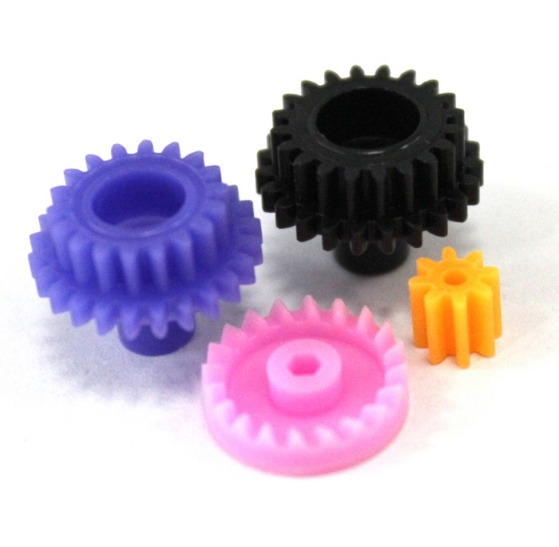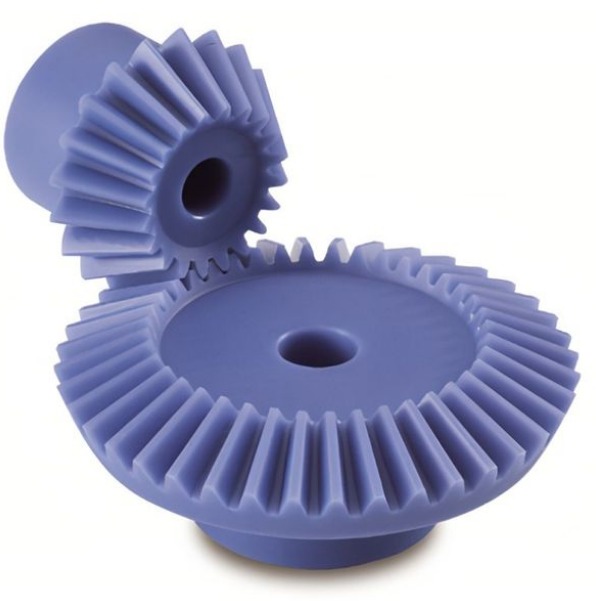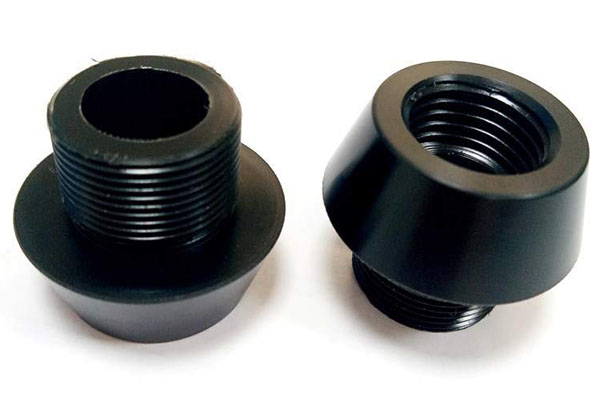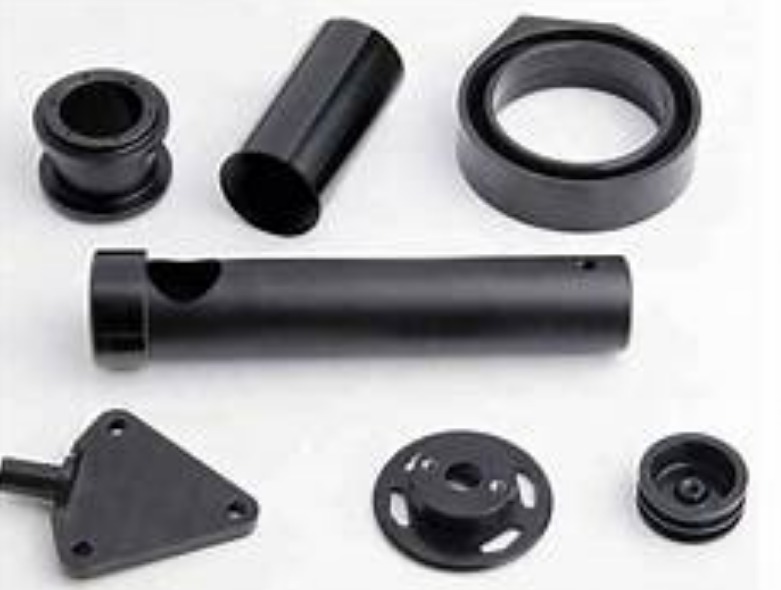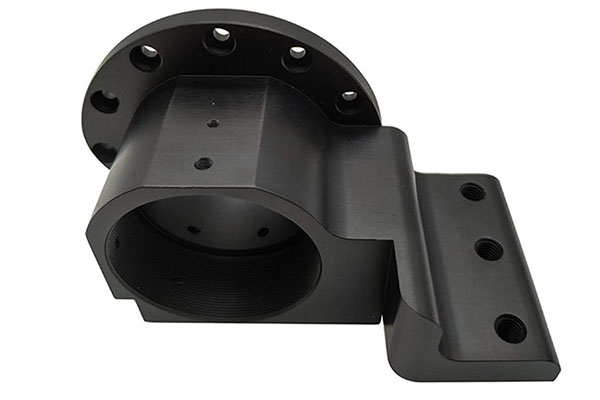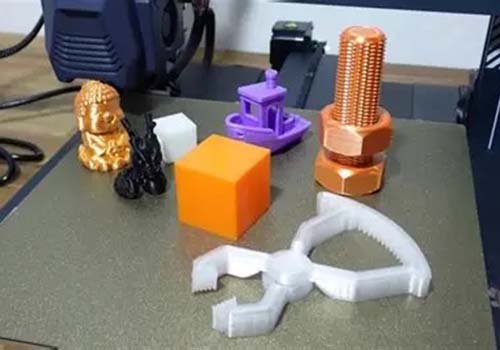Introduction
In the vast realm of mechanical engineering, the search for components that offer a perfect blend of precision and durability is an ongoing pursuit. Among the various elements that play a crucial role in achieving this balance, plastic worm gears have emerged as a remarkable solution. These unassuming components are quietly revolutionizing industries, from automotive to electronics, by delivering power with remarkable accuracy and long - lasting performance.
Understanding Plastic Worm Gears
Worm gears are a type of gear system that consists of a worm (a screw - like gear) and a worm wheel (a gear with teeth that mesh with the worm). Plastic worm gears, as the name implies, are made from various types of plastics rather than traditional metals. The use of plastics in gear manufacturing has opened up a world of possibilities due to their unique properties.
Plastics offer a range of advantages over metals in the context of worm gears. For example, they are significantly lighter in weight. A study by [X] found that plastic worm gears can be up to 50% lighter than their metal counterparts. This weight reduction is crucial in applications where minimizing the overall weight of a machine is essential, such as in aerospace components or portable electronic devices.
Moreover, plastic worm gears are often more cost - effective to produce. The manufacturing processes for plastic gears, such as injection molding, can be more streamlined and require less energy compared to metal - casting or machining processes. This not only reduces production costs but also makes them an attractive option for high - volume production.
In terms of functionality, plastic worm gears are known for their low - noise operation. In applications where noise reduction is a key factor, like in household appliances or office equipment, plastic worm gears can provide a much quieter performance compared to metal gears. A comparison table below highlights some of the basic differences between plastic and metal worm gears:
| Property | Plastic Worm Gears | Metal Worm Gears |
| Weight | Lighter (up to 50% lighter in some cases) | Heavier |
| Cost | Lower production cost | Higher production cost |
| Noise Level | Low - noise operation | Can be relatively noisy |
| Corrosion Resistance | High resistance to corrosion | Susceptible to corrosion in certain environments |
The importance of plastic worm gears in precision and durability cannot be overstated. In precision - driven applications such as robotics, where the slightest miscalculation can lead to significant errors, the accuracy provided by plastic worm gears is vital. They enable smooth and precise movement, allowing robots to perform complex tasks with high levels of accuracy.
In terms of durability, while plastics may seem less robust than metals, modern engineering plastics are designed to withstand a great deal of wear and tear. With proper material selection and design, plastic worm gears can have a long service life, even in demanding industrial applications. Their resistance to corrosion also adds to their durability, as they can operate in environments where metal gears would quickly degrade.
Precision - The Core Advantage
High - Precision Transmission
Plastic worm gears are engineered to achieve an impressively high level of precision in power transmission. One of the key factors contributing to their precision is the manufacturing process. Injection molding, a common method for producing plastic worm gears, allows for tight tolerances. In fact, modern injection - molding techniques can achieve tolerances as low as ±0.05mm for certain plastic worm gear designs, according to [Manufacturing Technology Journal]. This high level of dimensional accuracy ensures that the teeth of the worm and the worm wheel mesh smoothly and consistently.
The smooth meshing of plastic worm gears results in minimal backlash. Backlash, which is the amount of play or clearance between meshing gears, can be a significant issue in precision applications. For plastic worm gears, the backlash can be controlled to be as low as 0.01 - 0.03 degrees in well - designed systems. This is in contrast to some metal worm gears, which may have a higher backlash due to factors such as manufacturing irregularities and wear over time. The low backlash of plastic worm gears makes them ideal for applications where precise and repeatable motion is required, such as in optical tracking systems. In these systems, even the slightest deviation in movement can lead to inaccurate targeting or image distortion. Plastic worm gears, with their low - backlash characteristics, enable the smooth and precise movement of optical components, ensuring accurate tracking and high - quality image capture.
Precise Motion Control in Applications
In the field of robotics, plastic worm gears play a crucial role in achieving precise motion control. Robots often need to perform complex tasks with a high degree of accuracy, such as pick - and - place operations in manufacturing or delicate surgical procedures in medical robotics. A robotic arm used in a micro - electronics assembly line, for example, might use plastic worm gears in its joints. These gears allow the arm to move with sub - millimeter precision, enabling it to accurately place tiny components onto circuit boards. The light weight of plastic worm gears also contributes to the overall efficiency of the robotic arm, as it reduces the amount of energy required to move the arm. This is important in battery - powered robots, where energy conservation is a key consideration.
Another application where plastic worm gears enable precise motion control is in 3D printers. In a 3D printer, the movement of the print head needs to be highly accurate to create detailed and high - quality prints. Plastic worm gears are used in the gantry system of the 3D printer to control the movement of the print head in the X, Y, and Z axes. The smooth and precise motion provided by the plastic worm gears ensures that the print head can deposit the filament at the exact location required, resulting in prints with fine details and smooth surfaces. For instance, when printing a small, intricate model, the precision of the plastic worm gears allows for the accurate reproduction of tiny features, such as the delicate wings of a model insect.
Plastic Worm Gears vs Other Gears
Comparison in Precision
When comparing plastic worm gears with other types of gears, such as spur gears and bevel gears, the precision aspects stand out.
- Plastic Worm Gears:
- As mentioned before, they can achieve tight tolerances of up to ±0.05mm in injection - molding processes. This allows for very precise meshing between the worm and the worm wheel.
- Low backlash, typically in the range of 0.01 - 0.03 degrees in well - designed systems, which is crucial for applications that require accurate and repeatable motion.
- Spur Gears:
- Spur gears have a relatively higher tolerance range. In general manufacturing, the tolerance can be around ±0.1 - 0.2mm. This is due to the nature of their straight - tooth design and the manufacturing processes involved, such as hobbing or milling.
- Backlash in spur gears can be more difficult to control precisely. Depending on the quality of manufacturing and the application, backlash can range from 0.05 - 0.1 degrees or more, which may not be suitable for highly precise applications.
- Bevel Gears:
- Bevel gears are used to transmit power between shafts at an angle. Their manufacturing processes, like milling and grinding, can achieve tolerances of around ±0.08 - 0.15mm.
- The backlash in bevel gears is also influenced by factors such as the accuracy of the tooth - cutting process and the assembly. It can be in the range of 0.03 - 0.08 degrees, which is relatively higher than that of well - designed plastic worm gears in some cases.
A comparison table for clarity:
| Gear Type | Tolerance Range | Backlash Range |
| Plastic Worm Gears | ±0.05mm | 0.01 - 0.03 degrees |
| Spur Gears | ±0.1 - 0.2mm | 0.05 - 0.1 degrees or more |
| Bevel Gears | ±0.08 - 0.15mm | 0.03 - 0.08 degrees |
Applications Showcasing Precision and Durability
In the Automotive Industry
In the automotive industry, precision and durability are of utmost importance, and plastic worm gears have found their niche in several applications. One of the key areas where plastic worm gears are used is in the power windows system. The smooth and precise operation of power windows is crucial for the comfort and convenience of passengers. Plastic worm gears enable the window motors to raise and lower the windows with minimal noise and consistent speed. They can handle the repetitive motion required for opening and closing the windows over a long period without significant wear. For example, in a typical mid - size sedan, the power window mechanism may operate thousands of times during the vehicle's lifespan. Plastic worm gears, with their durability, can withstand these repeated cycles of operation, reducing the need for frequent repairs or replacements.
Another application in the automotive industry is in the windshield wiper system. Windshield wipers need to move smoothly and precisely to ensure clear visibility during different weather conditions. Plastic worm gears are used in the wiper motor's transmission system to provide the necessary torque and precise motion control. They are resistant to the moisture and vibrations present in the wiper system environment, ensuring reliable operation. In fact, a study by an automotive component research firm found that vehicles equipped with plastic worm gears in their wiper systems had a 30% lower failure rate in the wiper mechanism compared to those with traditional metal - based systems over a five - year period.
In the Electronics Industry
The electronics industry demands components that are not only small and lightweight but also highly precise and durable. Plastic worm gears meet these requirements and are widely used in various electronic devices. In small - form - factor printers, such as those used in offices or for personal use, plastic worm gears are used in the paper - feeding mechanism. The precise movement provided by these gears ensures that the printer feeds the paper smoothly, one sheet at a time, preventing paper jams. Their low - noise operation is also beneficial in an office environment, where excessive noise can be a distraction.
In optical devices like cameras and projectors, plastic worm gears play a crucial role in the focusing and zooming mechanisms. For example, in a digital single - lens reflex (DSLR) camera, the lens - focusing mechanism uses plastic worm gears to achieve precise and smooth focusing. The ability of these gears to provide accurate and repeatable motion allows photographers to quickly and accurately focus on their subjects. The durability of plastic worm gears is also important in these applications, as cameras and projectors may be used frequently and in different environmental conditions. They can withstand the vibrations and shocks that may occur during normal use, ensuring the long - term performance of the optical device.
Yigu Technology's Perspective
As a non - standard plastic metal products custom Supplier, Yigu Technology has deep insights into the world of plastic worm gears. We understand that in precision - demanding applications, every micron matters. Our advanced manufacturing techniques ensure that the plastic worm gears we produce can achieve ultra - tight tolerances, even surpassing industry standards in some cases.
When it comes to durability, we carefully select high - performance engineering plastics. These materials are not only resistant to wear and tear but also maintain their mechanical properties across a wide range of temperatures. Our in - house R&D team continuously experiments with new materials and manufacturing processes to enhance the durability of plastic worm gears. This dedication allows us to provide customized plastic worm gears that can withstand the harshest operating conditions, ensuring long - term reliability for our clients.
FAQ about Plastic Worm Gears
Q1: What are the common materials for plastic worm gears?
Common materials for plastic worm gears include Polyoxymethylene (POM), known for its high stiffness, low friction, and good dimensional stability. It's suitable for applications where precision is crucial, such as in small - scale machinery. Another material is Polyamide (PA), also called nylon. PA has excellent wear resistance, high strength, and can withstand a certain degree of impact. It is often used in gears that need to operate in conditions with moderate loads and some vibration. Acrylonitrile Butadiene Styrene (ABS) is also used in some cases. ABS offers good impact resistance and is relatively easy to mold, making it a cost - effective option for less demanding applications where the focus is more on basic functionality and cost - control rather than extreme precision or heavy - duty operation.
Q2: Can plastic worm gears be used in high - temperature environments?
Plastic worm gears have limitations when it comes to high - temperature environments. Most common plastics used in worm gears, like POM and PA, start to experience a significant decline in their mechanical properties at relatively low temperatures compared to metals. For example, POM may start to soften and lose its dimensional stability at temperatures above 100°C - 120°C. PA can also experience a reduction in strength and an increase in brittleness at higher temperatures, typically around 150°C - 180°C depending on the specific grade. In high - temperature applications above these limits, plastic worm gears may deform, lose their precision, or even break down. However, there are some high - performance engineering plastics that can withstand higher temperatures, up to around 200°C - 250°C, but they are more expensive and may not be as widely used as the more common plastics due to cost considerations.
Q3: How to maintain the precision and durability of plastic worm gears?
To maintain the precision and durability of plastic worm gears, proper lubrication is essential. Although many plastics have self - lubricating properties, adding an appropriate lubricant can further reduce friction and wear. For example, a synthetic lubricant with good compatibility with plastics can be used. Controlling the operating environment is also crucial. Keep the temperature within the recommended range for the specific plastic material used. Avoid exposing the gears to excessive moisture or corrosive substances, as this can degrade the plastic over time. Regular inspection is necessary. Check for any signs of wear, such as tooth deformation or surface roughness. If any issues are detected early, appropriate measures can be taken, such as replacing the gear or adjusting the operating conditions, to prevent further damage and maintain the precision and durability of the plastic worm gears.

